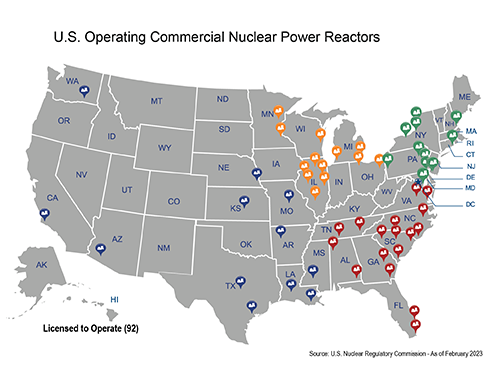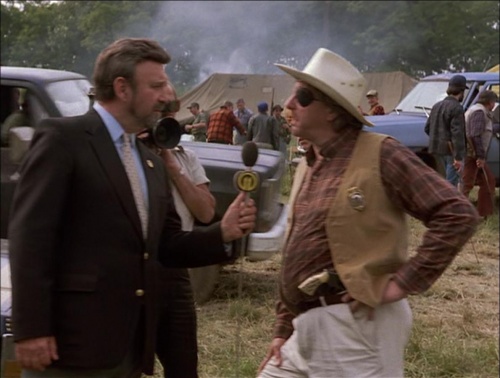If the federal government still has the M1A2 Abrams tanks, Brandleys, Strykers, and military vehicles to do so plus the parts, ammo, and fuel to spare. Most of these would have rotted if they were not secured on time. Spare parts for planes and helicopters would be hard to come by, since Boeing, Northrup Grumman, Lockheed Martin, Sikorsky, and Rockwell Industries are most likely defunct. There would also be distrust among scattered U.S. military units, angry civilians who will think they were abandoned by the feds, and political secessionist such as the KKK or black supremacist groups in the South. It would be like the Road to New York Campaign seen in World War Z. It could take time, definitely decades.Yeah, I went back and saw it.
Not... necessarily. It depends on what you mean by "re-establishment." If you mean a remnant authority or designated survivor manages to get a state set-up and working, then that's actually possible depending on how long the outbreak lasts. If you mean controlling all territory it did before Patient Zero, then probably. Though it would vary on which former state we're talking about for a number of reasons.
Unless travel or communications is restored to basic levels such as ham radios, old telephone lines, and fax machines. Travel via railroad or Wild West-style convoys would be seen in the post-outbreak world since cars or aircraft will be sparingly used to conserve what fuel is left.Not to mention the issue of isolated communities developing distinct identities over the decades/centuries. For example by 2104 the society that developed in Wisconsin could be very distinct from the groups in California. They might see each other at best as foreigners that share a cultural heritage.





